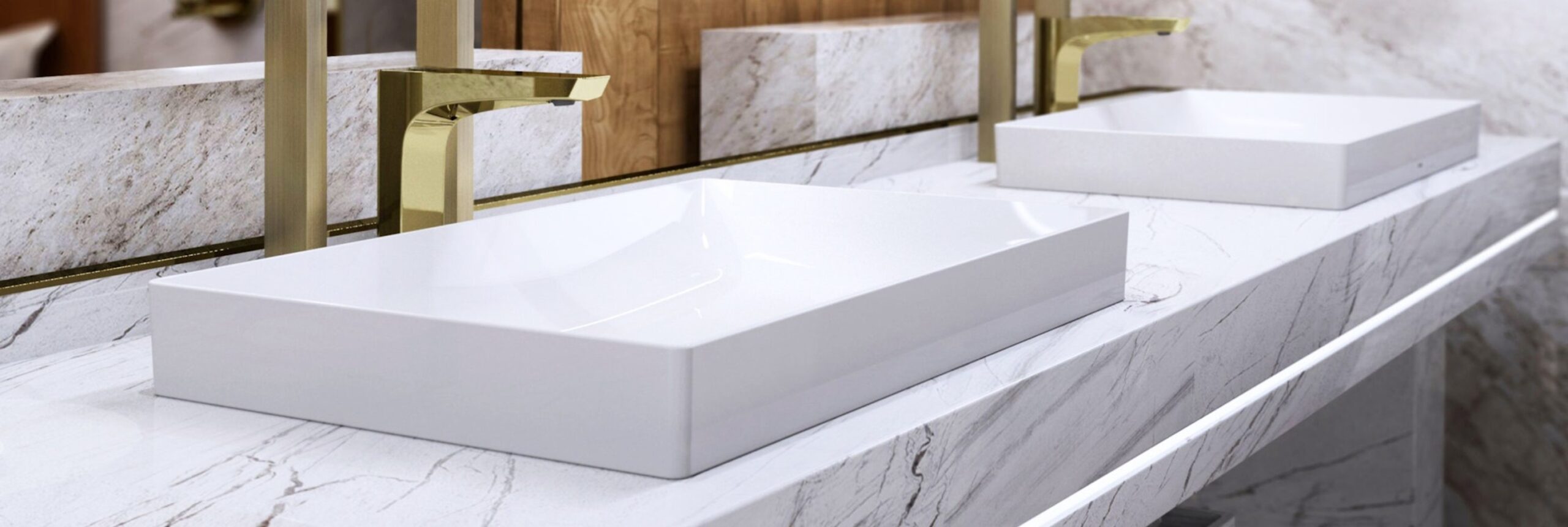
While touchless bathroom faucets offer numerous advantages, they may encounter specific challenges, especially in high-traffic applications. Here are some potential problems associated with touchless bathroom faucets in such scenarios:
Sensor Malfunctions:
High-traffic areas may expose touchless faucet sensors to increased wear and tear, leading to potential malfunctions. Factors like constant usage, water splashes, or environmental conditions can affect the sensor’s accuracy, causing issues with activation or deactivation.
Power Source Issues:
Touchless faucets often rely on batteries or electrical power sources. In high-traffic settings, frequent usage may lead to a higher rate of battery depletion or electrical issues. Regular monitoring and maintenance of power sources are essential to prevent unexpected failures.
Water Pressure and Temperature Fluctuations:
In busy bathrooms, variations in water pressure and temperature can occur frequently. These fluctuations may impact the consistency of water delivery and temperature control in touchless faucets, leading to user dissatisfaction.
Cross-Sensitivity or Interference:
Touchless faucets can experience interference from nearby fixtures or other electronic devices. Cross-sensitivity issues may cause faucets to activate unintentionally or not respond when needed, affecting user experience and water conservation efforts.
Maintenance Challenges:
High-traffic bathrooms require regular maintenance, and touchless faucets may pose challenges in terms of cleaning and upkeep. Accumulation of mineral deposits, soap residue, or debris around sensors can impede their functionality, requiring frequent cleaning.
User Education and Understanding:
Users in high-traffic areas may not always be familiar with touchless faucet operation or may not use them correctly. Lack of understanding regarding the sensor’s range or how to activate the faucet can lead to inefficiencies and user frustration.
Cost of Installation and Repairs:
While touchless faucets offer long-term benefits, the initial cost of installation can be higher compared to traditional faucets. Additionally, repairs or replacements of sensor components may also incur costs, impacting the overall budget for bathroom maintenance.
Limited Design Options:
Touchless faucets may have limited design options compared to traditional faucets. In high-traffic settings where aesthetics play a role, the available design choices for touchless faucets might not align with the desired visual appeal.
Dependency on Electronic Components:
Touchless faucets heavily rely on electronic components. Failures in these components, such as sensor or control board malfunctions, can lead to complete faucet inoperability until the issue is resolved.
Installation Challenges:
Retrofitting existing bathrooms with touchless faucets can pose installation challenges, particularly in older facilities. This process may require modifications to plumbing systems and electrical connections.
Despite these challenges, many touchless faucet manufacturers continually address these issues through technological advancements and improved designs. Regular maintenance, user education, and selecting reliable products can help mitigate potential problems in high-traffic applications.



